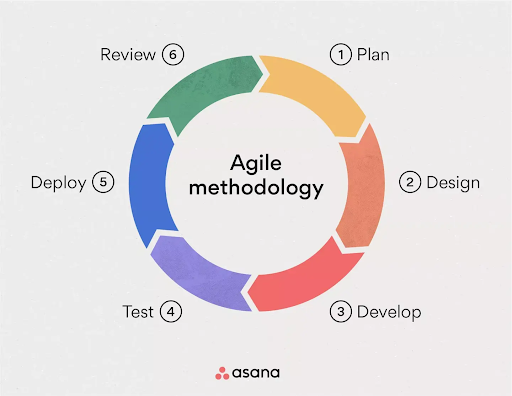Business agility is the capability of an organization to swiftly and efficiently respond to shifts in the market, technology, customer demands, and other external influences in the digital era. It fosters a culture of continuous improvement, embraces change, and relies on a blend of technical, operational, and organizational strengths.
Business agility is the ability of a company to outlearn and outperform its competition by becoming a continuously learning organization.
- Sense and respond to customer and market needs with innovative and disruptive products and services.
- Reach the Market before competitors can.
- Adapt effective organizational structures, processes, and culture continuously to respond.
- Establish a collaborative work environment with inspiring committed knowledge workers.
- From time to time sync to the market, and recognize the changes in business models.
Why Agility?
We live in a world defined by increasing volatility, uncertainty, complexity, and ambiguity (VUCA). Traditional ways of working, rooted in the Industrial Revolution and still prevalent in many organizations, are no longer sufficient to keep pace with the demands of this rapidly changing environment. Many businesses are finding it increasingly difficult to survive, let alone thrive, in these challenging conditions.
Organizations that adopt agility and tap into the innovative and collaborative potential of their people are better equipped to face the modern world. These businesses continuously experiment, learn, and adapt, evolving both how they work and what they deliver, while consistently providing value to their customers.

Characteristics:
- Respond promptly, flexibly, and decisively to customer needs with a strong customer-centric focus.
- Adapt swiftly to both internal and external market changes.
- Lead changes efficiently, ensuring cost-effectiveness without compromising product or service quality through effective product management.
- Maintain a continuous state of competitive advantage.
Agile Practices:

Individuals over processes and tools: Agile teams prioritize collaboration and teamwork over rigidly following processes or relying heavily on tools.
Working software over extensive documentation: The primary goal of Agile teams is to develop functional software. While documentation is useful, it takes a backseat to ensuring the software works effectively.
Customer collaboration over contract negotiation: In Agile, customers play a pivotal role in shaping the direction of the software. Close collaboration with customers takes precedence over focusing on the specifics of contract terms.
Responding to change over following a plan: A key advantage of Agile is its flexibility, allowing teams to quickly adjust strategies and workflows without disrupting the overall project.
